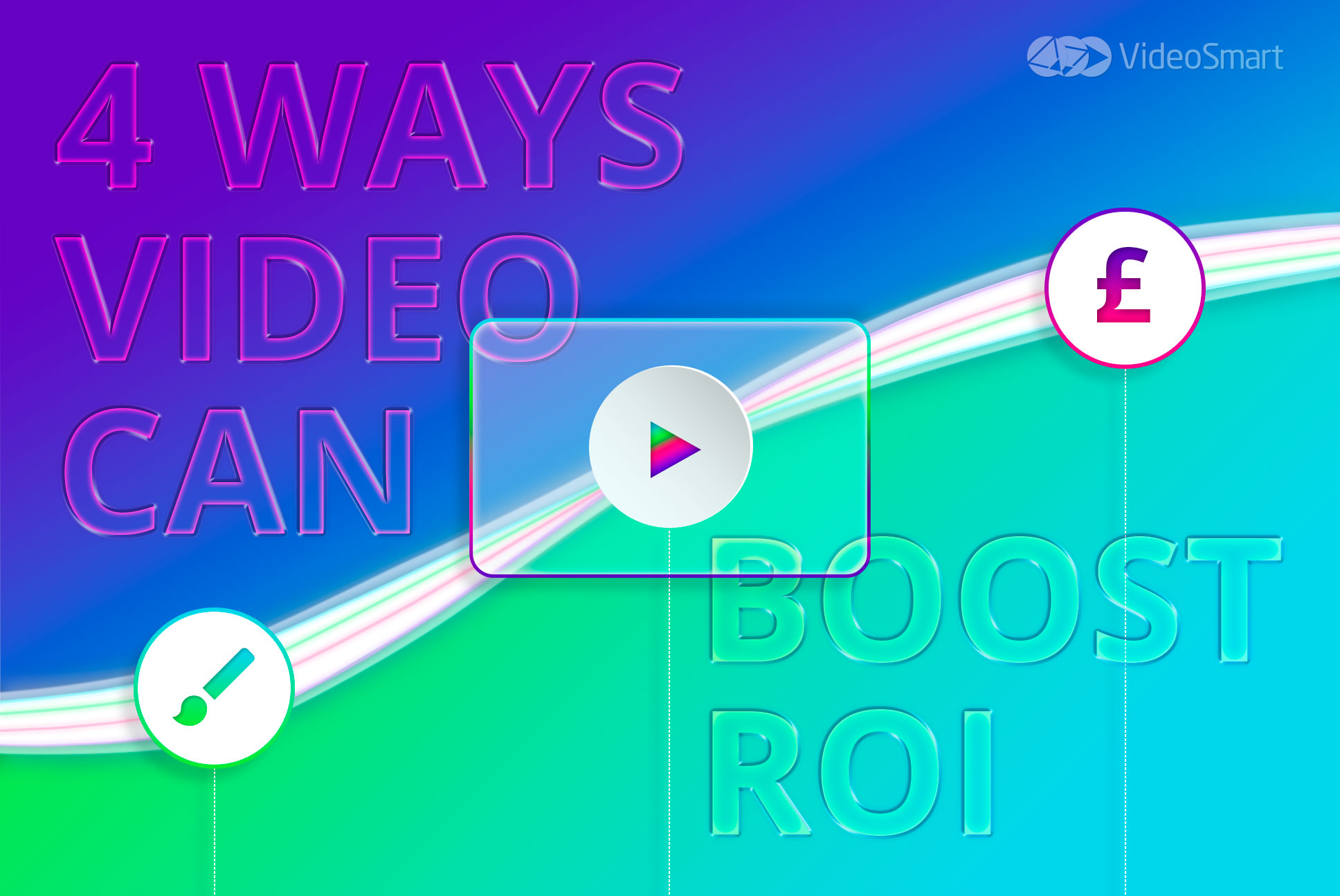Will Video Become the Next Major Shopping Platform?

With Covid-19 pushing the world online, brands and retailers across the world are faced with the same question: Is it digitalise or die?
Along with 2020 came Covid-19 and a switch-over to e-Commerce in consumer behaviour. With social interaction being minimised and the shutdown of hundreds of stores – high streets worldwide have taken a major hit, whereas e-commerce has seen a major boost.
Covid-19 has caused a permanent change in the way we shop, with Forbes reporting this year that total online spending in May alone hit $82.5 billion, up an extraordinary 77% year-over-year.
The change is evident, with retail giants such as H&M closing 250 of its stores worldwide, in comparison to online fashion retailer ASOS seeing an addition of 3 million shoppers to its customer base.
The message to brands and retailers alike is clear:
adapt to e-commerce or fall behind.
But where does YouTube fall into this? The rise of Social commerce:
In 2019, Google reported that 55% of consumers globally use videos for their purchase decisions, even so far as shoppers saying that they use online video whilst actually shopping in-store.
With digital commerce being the next step for retailers, video should be recognised as the most powerful tool.
It is safe to say that YouTube is somewhat behind on the trend despite being the second most popular social media platform, with over two billion monthly active users and one billion hours of video watched daily.
Sponsored ads have filled-up our Instagram feeds with a variety of products tailored to our personal algorithm for a long time, and tiktok has slowly been integrating shopping ads to its creators’ content.
‘Social commerce’ is the next step in influencer marketing and online shopping.
That being said, YouTube already is a shopping catalogue of sorts; with consumerism-driven video content such as ‘haul’s’, ‘unboxings’, and ‘my skincare routine’-type videos already receiving millions of views.
However, the Google-owned company, has finally pushed for the next step: asking its creators to use YouTube’s software to tag and track products featured in their videos so that viewers may purchase them directly on the platform.
This ‘Shopping’ feature is currently in its trial phases; but, if successful, it would open up a whole new revenue stream for the video-sharing platform. It is an opportunity that should’ve been taken advantage of long ago, as Prestige writes that this feature could generate $22.4 billion by 2025.
What is social commerce and why does it matter?
Word of Mouth Marketing (WOMM) Forbes wrote in 2014, that “according to Nielsen, 92% of consumers believe recommendations from friends and family over all forms of advertising.”
But with social interaction going online in the 21st century, and 3.8 billion people using social media across the world. Social media influencer marketing is the digital step-up from Word of Mouth Marketing, as the Digital Marketing Institute recently wrote that 49% of Consumers Depend on Influencer Recommendations to make their purchasing decisions.
So, how do you engage your customers online?
According to Insivia, “viewers retain 95% of a message when they watch it in a video, compared to 10% when reading it in text.” If you want to reach your customer base, go online, or even better, do so via video.
Is the transformation from in-person shopping to online wholly positive?
No. For the most part, digital commerce has and continues to bring about a multitude of positive influences to both the customer’s journey and to the marketer’s wallet; with businesses earning $6.50 for every one dollar spent on an influencer marketing campaign.
Social media has also put the purchasing power firmly in the consumers hands – with a wealth of references and recommendations available on any product by a variety of influencers. However, one vital aspect in a customer’s journey is set to be lost by brands who do not recognise its importance: a personal experience.
If e-commerce is the future, how will the variety of brands and retailers match the level of personalisation they offered in store to their customer base before the online switch-over? Will brands adopt a one-size-fits-all approach to their digital marketing, or will they recognise the lost potential in the continuation of an individualised shopping experience?
Personal – but for millions of viewers?
How can you create a personal shopping experience within a platform that engages millions of users per video? The switch from in-person to online removes the opportunity for shop-floor sales advisors to aid the navigation of your purchase, to get to know your personal needs, likes and dislikes, some opportunity to upsell, and the ability to drive repeat in-store visits.
Not all retail experience is created equally, however, with luxury retailers, jewellers, high-end designers and wedding boutiques, for example, all having relied heavily in the past to close sales through the ‘special’, memorable and personal experience that they can offer their customers.
Whether it’s being on first name basis with your sales advisor, or they bring you your drink preference, or remember your shoe size – these are all points of personalisation leading you to finalise that purchase on the day.
A sales associate is the human step between a faceless retailer and customer with individualised needs. Although digital commerce removes the need for human interaction, which is an undeniable benefit to consumers in a pandemic-driven world, this also leads to the potential loss of a highly valuable, personal and human shopping experience.
Value lays in the sales advisor who would act as the face of your brand, representative of your values, and mental catalogue of all your items alongside personal recommendation and insider-knowledge. These are all set to potentially be lost in the digital revolution if brands don’t recognise and act fast.
The solution: Personalised and interactive video
A solution for this is personalised and interactive video. A product that can be delivered to the many but be personalised for an individual. With most companies already having a data base of customer information, there is no reason to lose the opportunity to deliver a personal shopping experience through video?
2020 alongside Covid-19, has already began to outline the winners and losers in retail who have successfully or unsuccessfully adopted the digitalisation of the shopping experience. Will retailers recognise the lost potential in personalising their marketing strategies and shopping experience?


